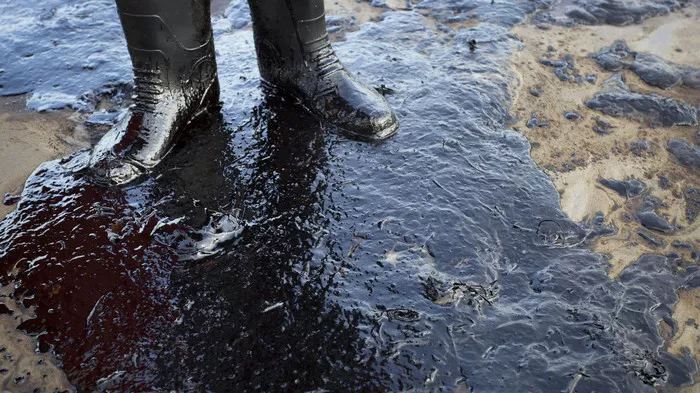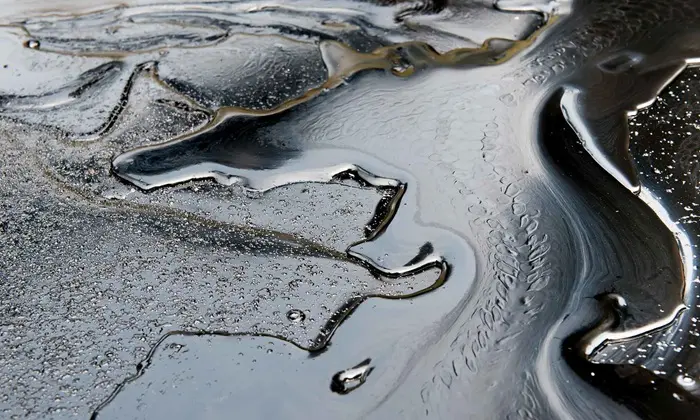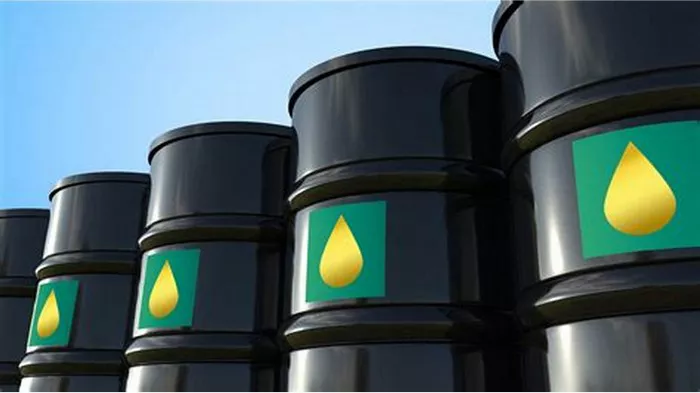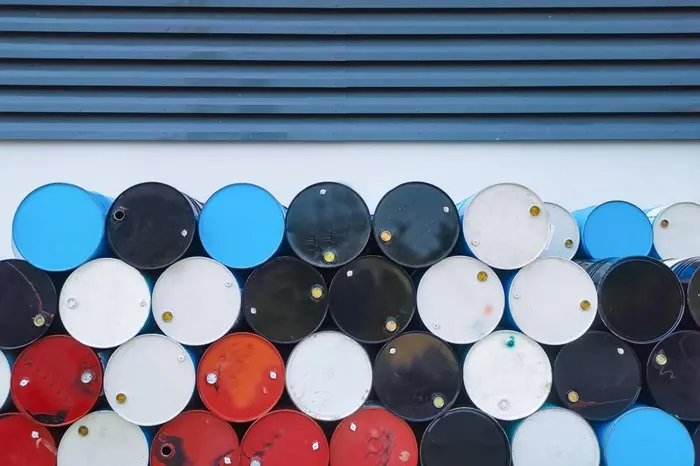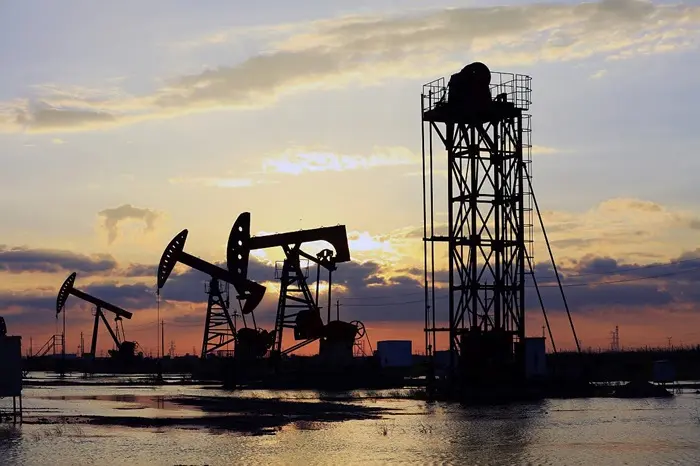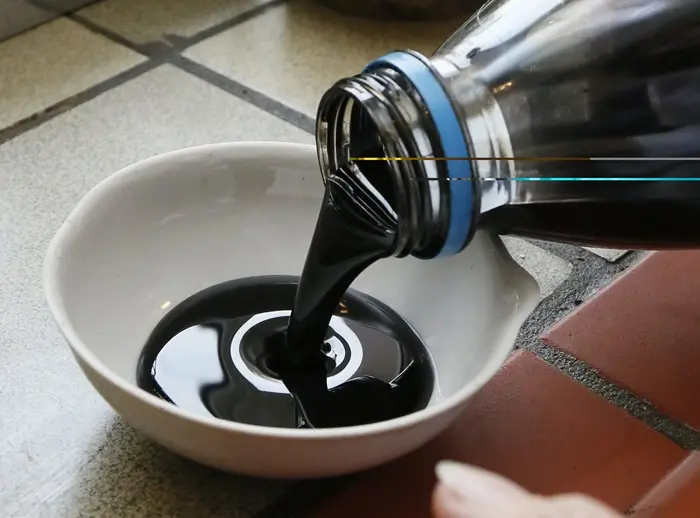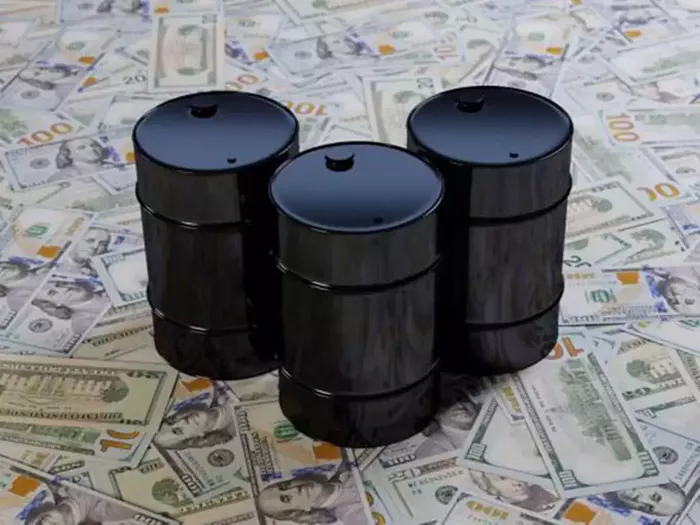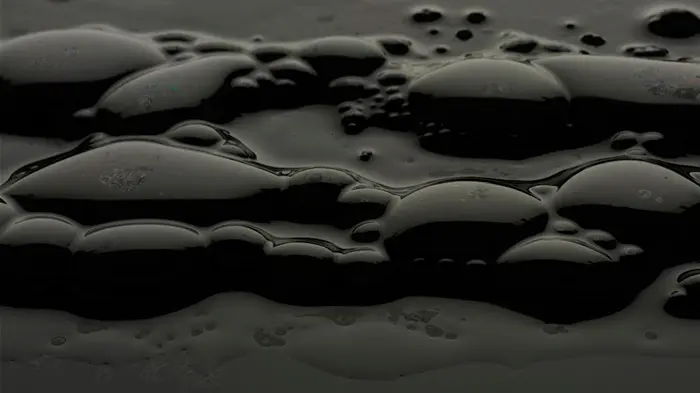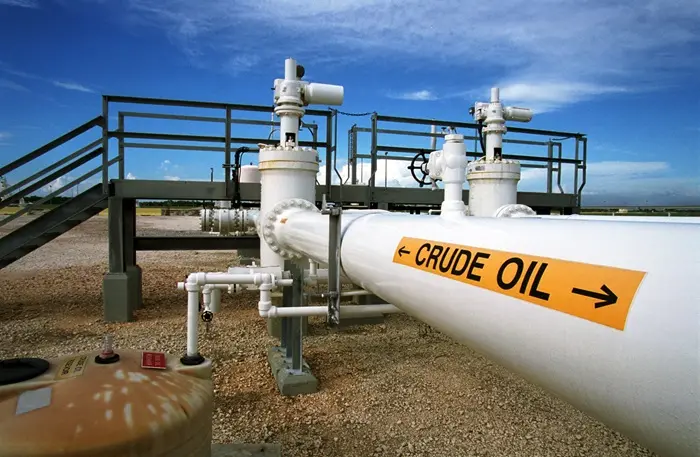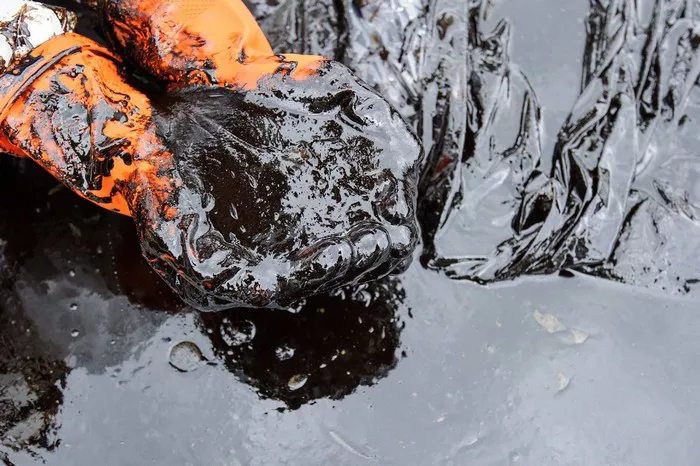Crude oil, often referred to as “black gold,” is a vital resource that powers our modern world. Before it can be utilized for various applications, crude oil must undergo several treatments to transform it into usable products. These processes ensure that the oil meets the necessary quality and safety standards. This article explores the six essential treatments that crude oil undergoes before it reaches consumers.
1. Desalting
Why Desalting is Necessary
Desalting is the first step in crude oil treatment. Crude oil extracted from underground reservoirs often contains water and inorganic salts. These impurities can cause corrosion and fouling in downstream processing equipment. Removing them is crucial to ensure the longevity and efficiency of the refining process.
The Desalting Process
In the desalting process, crude oil is mixed with water, forming an emulsion. This mixture is then heated and subjected to an electric field in a desalting vessel. The electric field causes the water droplets to coalesce and separate from the oil. The separated water, containing the dissolved salts, is then removed, leaving behind desalinated crude oil.
Types of Desalting
There are two main types of desalting: single-stage and two-stage. In single-stage desalting, the process occurs in one vessel. In two-stage desalting, the crude oil undergoes the desalting process twice, resulting in more thorough removal of impurities.
2. Atmospheric Distillation
Purpose of Atmospheric Distillation
Atmospheric distillation is the primary refining process. It separates crude oil into different fractions based on boiling points. This process is essential for producing various petroleum products, such as gasoline, diesel, kerosene, and lubricating oils.
How Atmospheric Distillation Works
Crude oil is first heated in a furnace to temperatures between 350°C and 400°C. The heated oil then enters a distillation column, where it vaporizes. The distillation column is a tall, cylindrical tower with several trays at different heights. As the vapor rises, it cools and condenses on the trays at different levels, separating into fractions based on their boiling points.
Products of Atmospheric Distillation
The primary fractions obtained from atmospheric distillation include:
Light Distillates: These include gases (methane, ethane, propane, butane) and naphtha.
Middle Distillates: These include kerosene and diesel.
Heavy Distillates: These include heavy gas oil and residue (bottoms).
Further Processing
Each of these fractions undergoes further processing to meet specific product specifications. For example, naphtha is often sent to a reformer to produce high-octane gasoline, while the residue is processed in vacuum distillation units.
See Also: 9 Major Uses Of Crude Oil
3. Vacuum Distillation
The Need for Vacuum Distillation
Vacuum distillation is employed to further process the heavier fractions obtained from atmospheric distillation. This process is necessary because the remaining heavy residues cannot be distilled under atmospheric pressure without decomposing.
The Vacuum Distillation Process
In vacuum distillation, the pressure inside the distillation column is reduced below atmospheric pressure. This allows the heavier fractions to vaporize at lower temperatures, preventing thermal cracking and decomposition. The vacuum distillation unit (VDU) produces heavy gas oils, lubricating oil base stocks, and vacuum residue.
Products and Their Uses
The products of vacuum distillation include:
Light Vacuum Gas Oil (LVGO): Used as feedstock for catalytic cracking units.
Heavy Vacuum Gas Oil (HVGO): Used in hydrocracking units to produce lighter products.
Vacuum Residue: Further processed in coking units or used for asphalt production.
4. Catalytic Cracking
Importance of Catalytic Cracking
Catalytic cracking is a crucial process for converting heavy fractions of crude oil into lighter, more valuable products such as gasoline, diesel, and other hydrocarbons. It enhances the yield of high-demand products from the crude oil.
How Catalytic Cracking Works
In catalytic cracking, heavy hydrocarbons are broken down into lighter ones using heat and catalysts. The process typically occurs in a fluidized catalytic cracking (FCC) unit. Here, the heavy oil feed is preheated and mixed with a powdered catalyst in a reactor. The catalytic reaction takes place at temperatures around 500°C. The cracked products are then separated in a fractionator.
Types of Catalytic Cracking
There are several types of catalytic cracking processes, including:
Fluid Catalytic Cracking (FCC): The most common method, utilizing a fluidized catalyst.
Hydrocracking: Combines catalytic cracking with hydrogenation, producing more saturated hydrocarbons and high-quality products.
End Products of Catalytic Cracking
The primary products of catalytic cracking include:
Gasoline: High-octane fuel for vehicles.
Diesel: Fuel for diesel engines.
Liquefied Petroleum Gas (LPG): Used for heating, cooking, and as a feedstock for petrochemical industries.
5. Hydroprocessing
Purpose of Hydroprocessing
Hydroprocessing encompasses hydrocracking and hydrotreating. These processes are essential for improving the quality of petroleum products by removing impurities such as sulfur, nitrogen, and metals. Hydroprocessing ensures that the final products meet environmental regulations and quality standards.
Hydrotreating Process
In hydrotreating, the feedstock is mixed with hydrogen and passed over a catalyst at high temperatures and pressures. The hydrogen reacts with impurities to form hydrogen sulfide, ammonia, and other compounds, which are then removed. This process reduces sulfur content and enhances the quality of the final product.
Hydrocracking Process
Hydrocracking is similar to catalytic cracking but occurs in the presence of hydrogen. It breaks down heavy fractions into lighter, more valuable products. Hydrocracking units produce high-quality diesel, jet fuel, and naphtha.
Advantages of Hydroprocessing
The main advantages of hydroprocessing include:
Improved Product Quality: Removal of impurities results in cleaner-burning fuels.
Flexibility: Ability to process a wide range of feedstocks and produce various products.
Compliance: Helps refiners meet stringent environmental regulations.
6. Blending
Significance of Blending
Blending is the final step in the crude oil refining process. It involves mixing various streams and additives to produce finished products that meet specific quality and performance standards. Blending ensures that the final products have consistent properties and meet market requirements.
Blending Process
Blending can be performed in-line (continuous blending) or in batch mode. In in-line blending, the streams are mixed continuously in precise proportions. In batch blending, the streams are mixed in large tanks. The process requires careful monitoring and control to achieve the desired product specifications.
Blending Components
The components used in blending include:
Base Fuels: Different grades of gasoline, diesel, and other base fuels.
Additives: Chemicals added to improve performance, such as octane enhancers, detergents, and anti-knock agents.
Ethanol: Often blended with gasoline to produce ethanol-blended fuels.
End Products of Blending
The final products of blending include:
Gasoline: Different grades of gasoline, such as regular, mid-grade, and premium.
Diesel: Various grades of diesel fuel, including ultra-low sulfur diesel (ULSD).
Aviation Fuel: Jet fuels meeting specific aviation standards.
Conclusion
Crude oil undergoes a series of complex treatments before it can be used as refined products. Each step, from desalting to blending, plays a crucial role in ensuring the quality, efficiency, and safety of the final products. These treatments transform raw crude oil into valuable fuels and chemicals that power our world, drive our vehicles, and support numerous industries. Understanding these processes highlights the importance of refining in the journey from crude oil extraction to the consumer’s tank.
Related topics:

